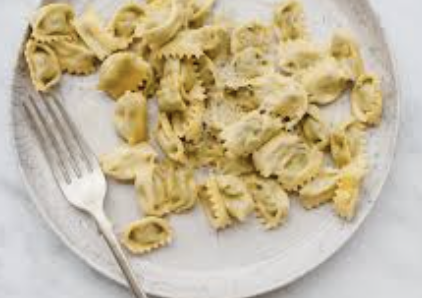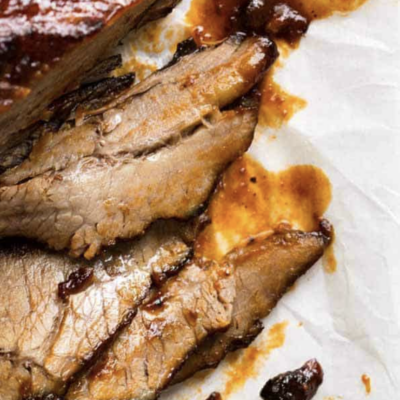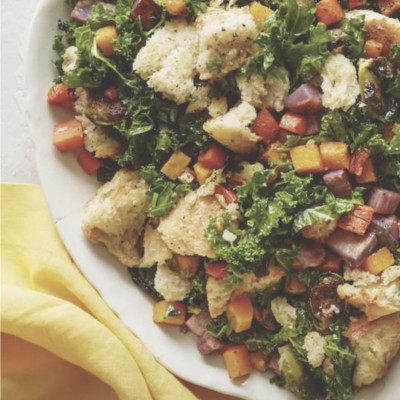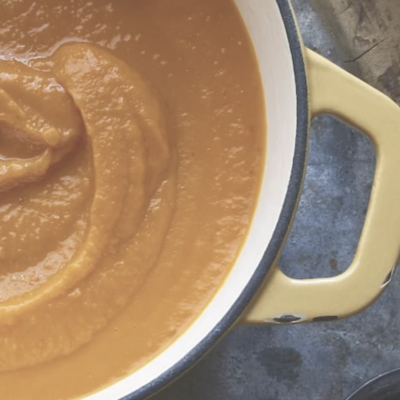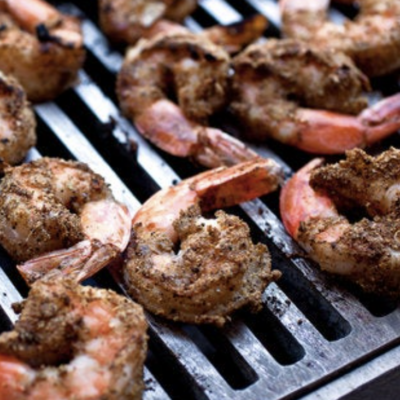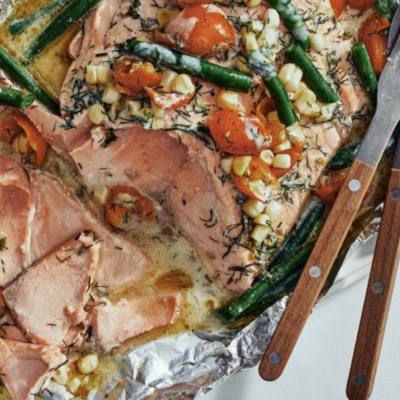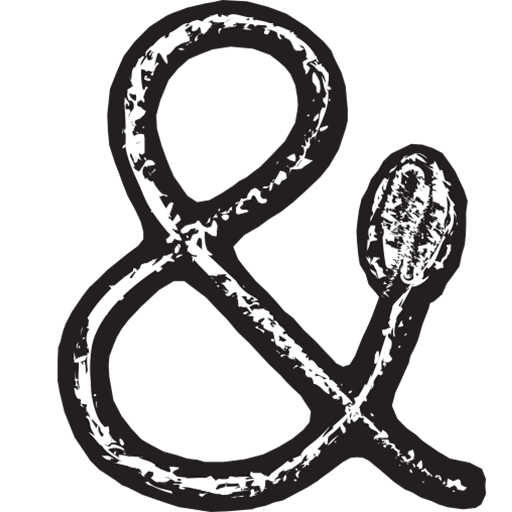Ingredients
-
2 cups (360 grams)well packed "00" or all-purpose flour
-
1 teaspoon (5 grams) kosher salt
-
1/2 cup (100 grams) whole eggs (about two large)
-
1/3 cup (90 grams) egg yolks, 5-6 yolks
-
1 1/2 teaspoons (6 grams) olive oil
Directions
|
1
Done
|
MixingPlace flour on a dry, clean work surface or in a large shallow bowl, forming into a mound about 8 to 10 inch diameter on the base. |
|
2
Done
|
Sprinkle salt in middle of mound, and then using bottom of measuring cup, create a well 4-5 inches wide with at least half inch of flour on bottom. |
|
3
Done
|
Slowly add the eggs, egg yolks and olive oil, you don't want the sides to break because you treat the well as a bowl. |
|
4
Done
|
Using a fork, gently beat the without touching walls or bottom of the mound. Then begin to slowly incorporate the flour into the egg mixture without including flour at the base of the well. If the walls fall down, push back into form. |
|
5
Done
|
Once the dough becomes a slurry paste, bring the flour from bottom into the mixture. When all comes together in a rough, solid mass use a dough scraper or spatula under dough and flip it and turn it onto itself to clear any wet dough from work surface. |
|
6
Done
|
Start to form dough into a single mass, folding with your hands to bring all the flour in together. If it feels dry use a spray bottle full of water or lightly wet your hands to moisten dough. |
|
7
Done
|
KneadingDrive the heel of your hand into dough, push down and release, turn it 45 degrees and repeat. You can use the same hand or rotate using left and right hand. Some people prefer using just their dominate hand and turning dough with non-dominate. |
|
8
Done
|
Knead for 10-15 minutes. You cannot over knead the dough but you can under. You want it dough firm but bouncy to the touch, a bit like Play-Dough but more dense. |
|
9
Done
|
RestingWrap the dough very tightly in plastic wrap (cling film) and let rest at room temperature for 30 minutes (or no more than 6 hours at room temperature) or for up to 24 hours in refrigerator. Resting the dough allows the gluten to develop a better structure. |
|
10
Done
|
Rolling outDust two baking sheets with flour or semolina and set aside. |
|
11
Done
|
Slice off about 1/4 piece of dough, and wrap the rest in plastic wrap or under a damp kitchen (tea) towel (avoids drying out). If dough was in refrigerator allow it to come to room temperature. |
|
12
Done
|
Start with the widest setting on machine and quickly run through rollers once. Decrease the setting by one and roll through again. |
|
13
Done
|
Decrease setting again by one and roll through, now having rolled through the first three settings. Lay dough onto counter. |
|
14
Done
|
Using a rolling pin as a ruler, measure out the width of your pasta machine's slot minus thickness of two fingers. The measurement represents the ideal width of each pasta sheet. When you place dough back through machine, there will be about a finger's length on each side. |
|
15
Done
|
Take the rolling pin measurement to the end of the pasta dough and make a gentle indentation in the dough representing the measurement's length. Make the mark the crease and fold the dough over. You will continue to do this and the dough will be in four layers. |
|
16
Done
|
Now take the short end of the folded dough and starting again at the widest setting, roll dough through machine 3 times on the first setting and 2 times on each setting after. Your dough sheet will be very long in length and this part is good to do with someone else. If you struggle with the size of the long sheets, in next round you can use a small piece of dough to start. |
|
17
Done
|
Repeat and place pasta pieces onto prepared baking sheets. |
|
18
Done
|
For filling ideas see Agnolotti dal Plin, Ravioli with Ricotta or Pumpkin. |


